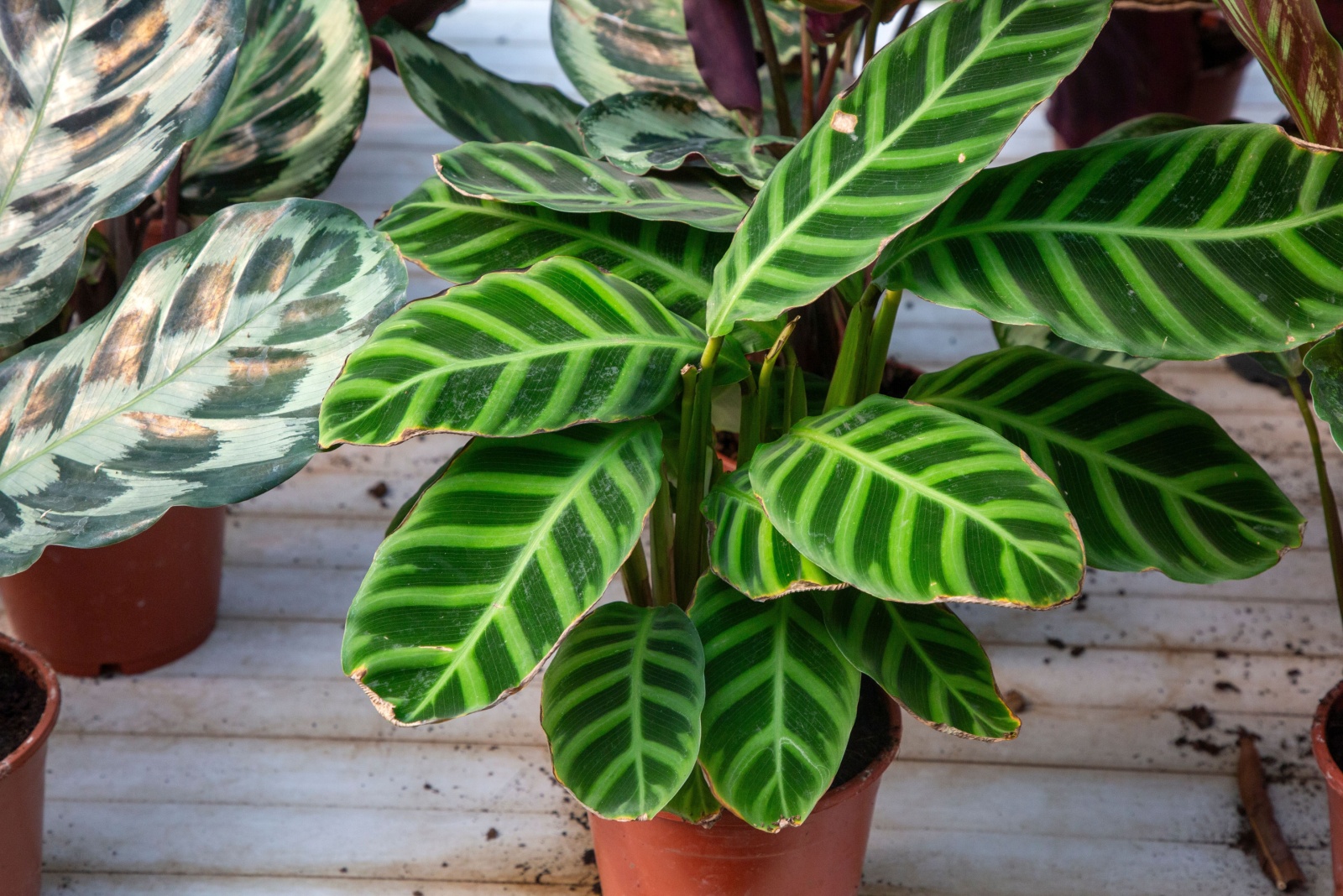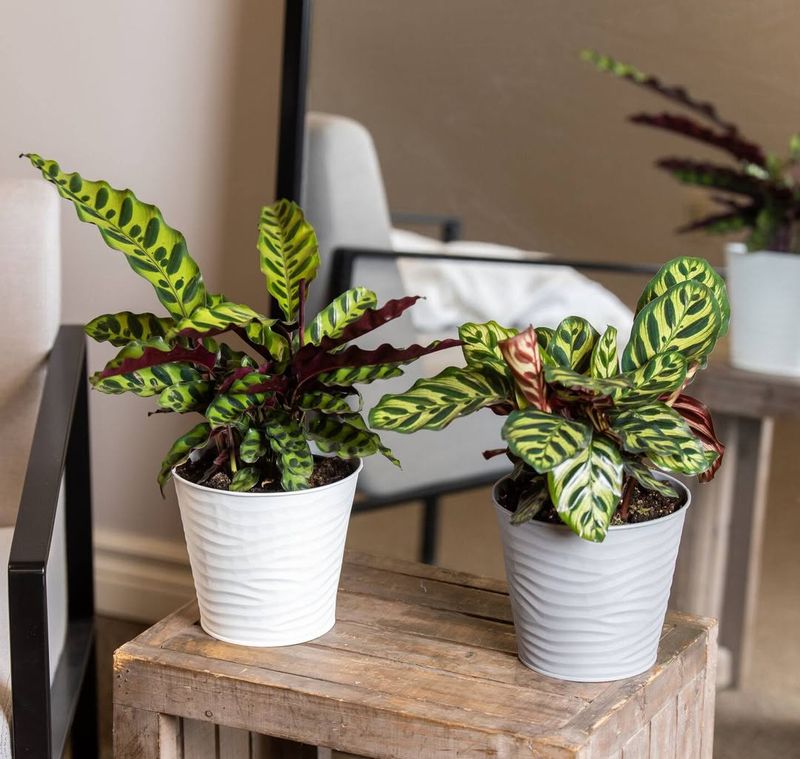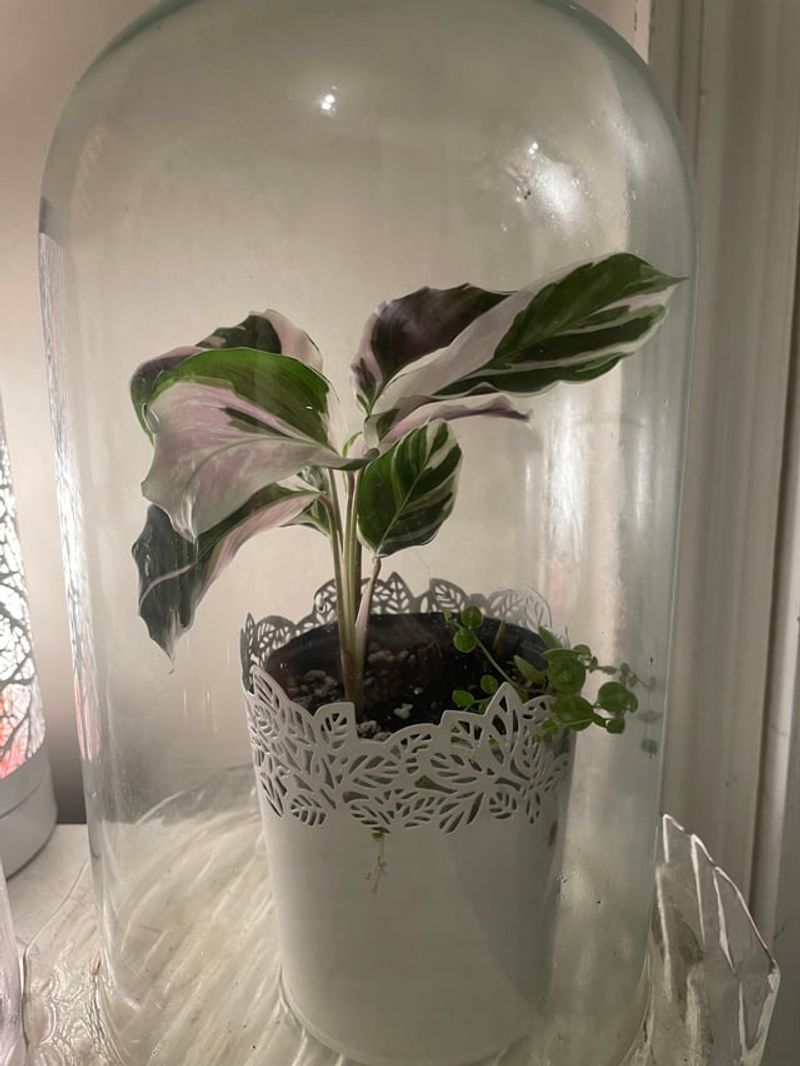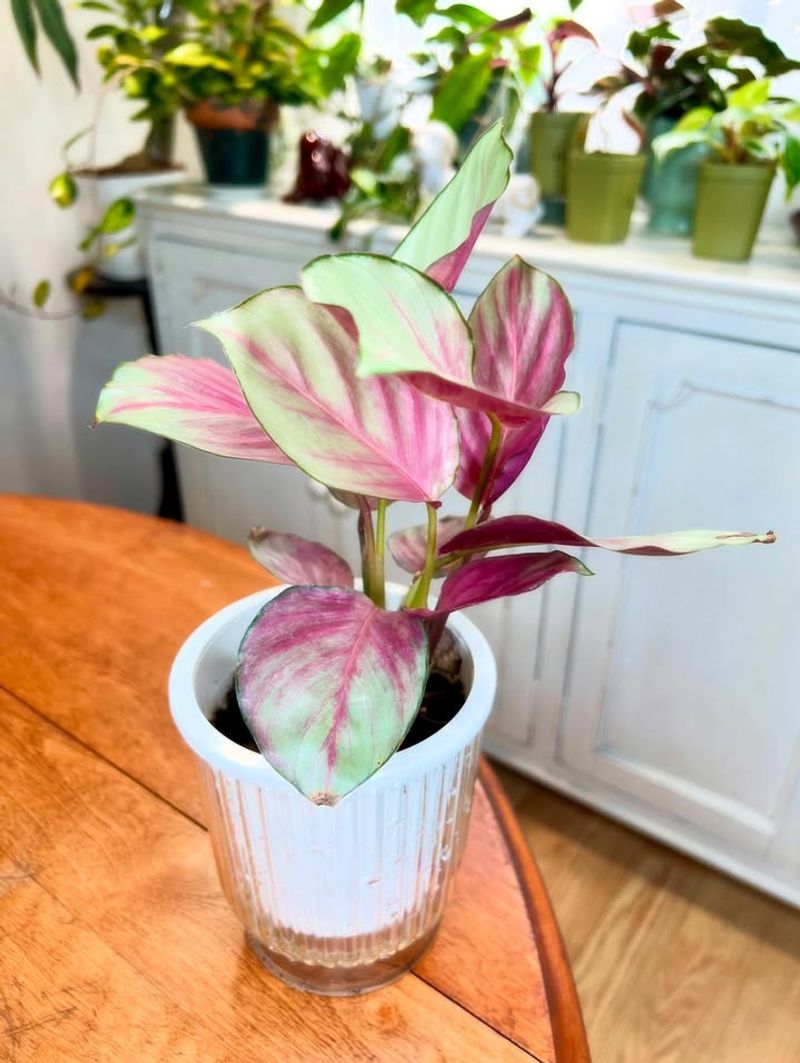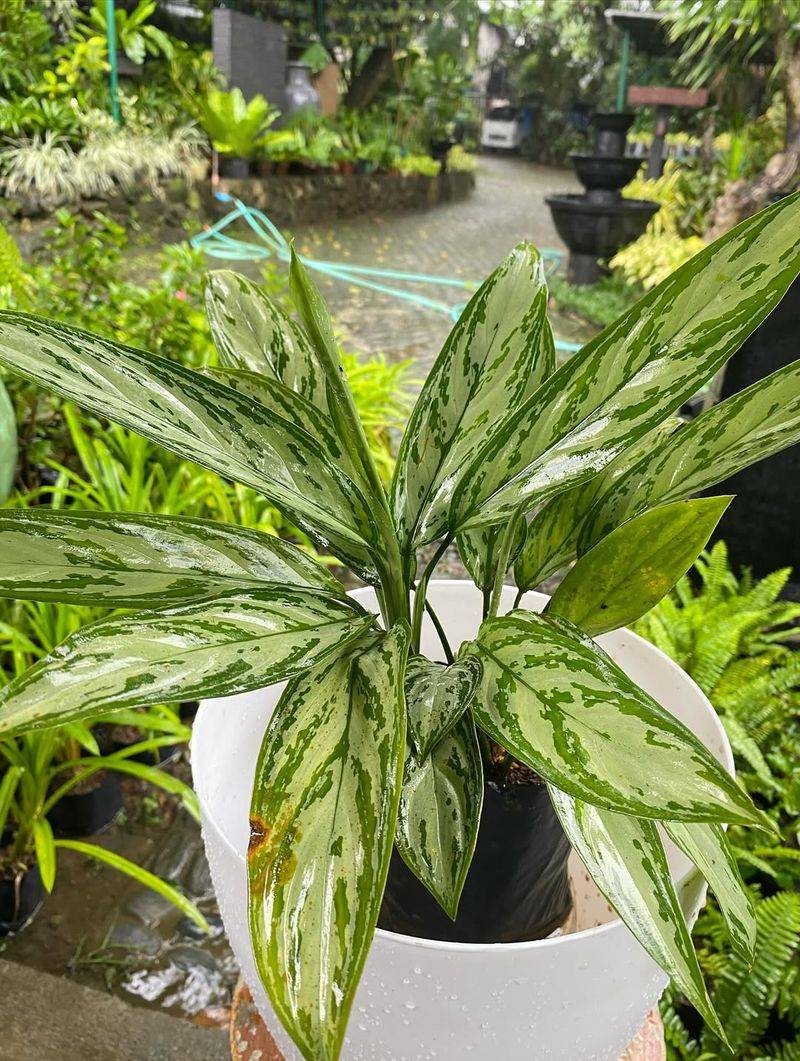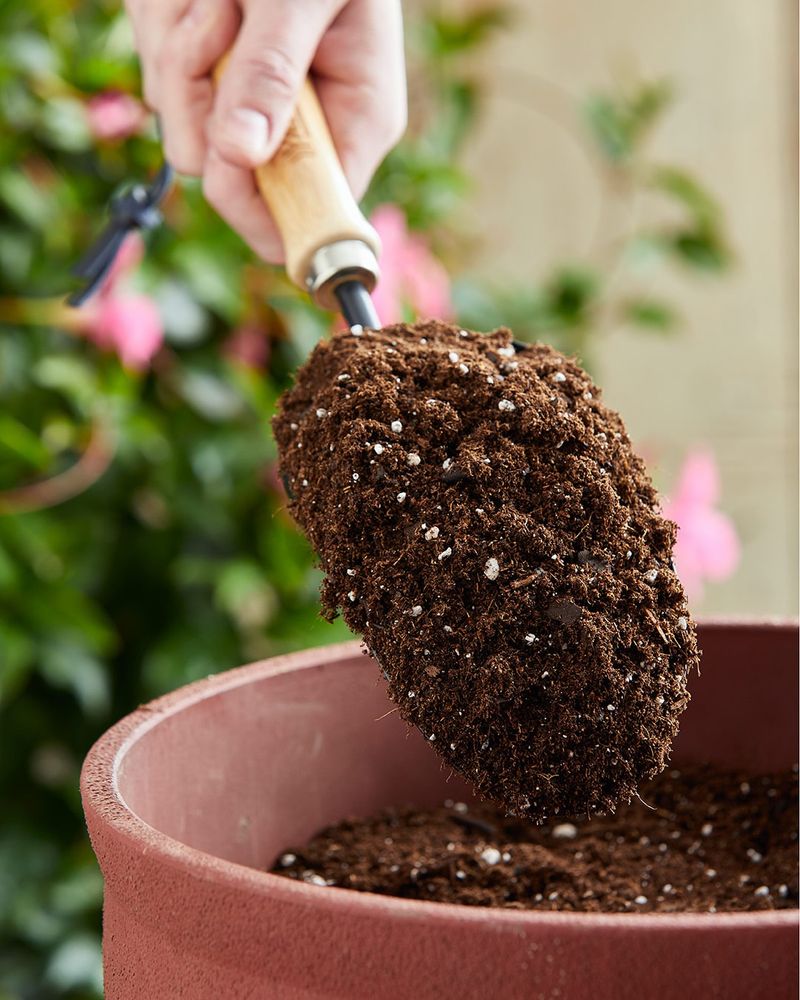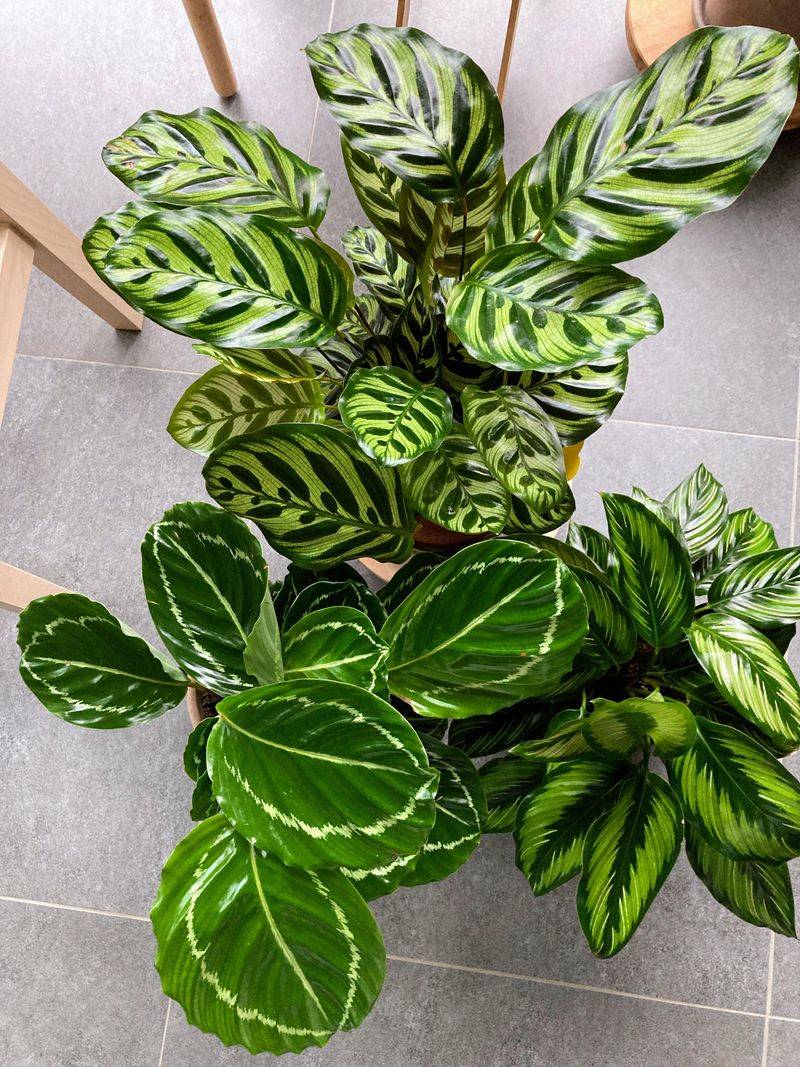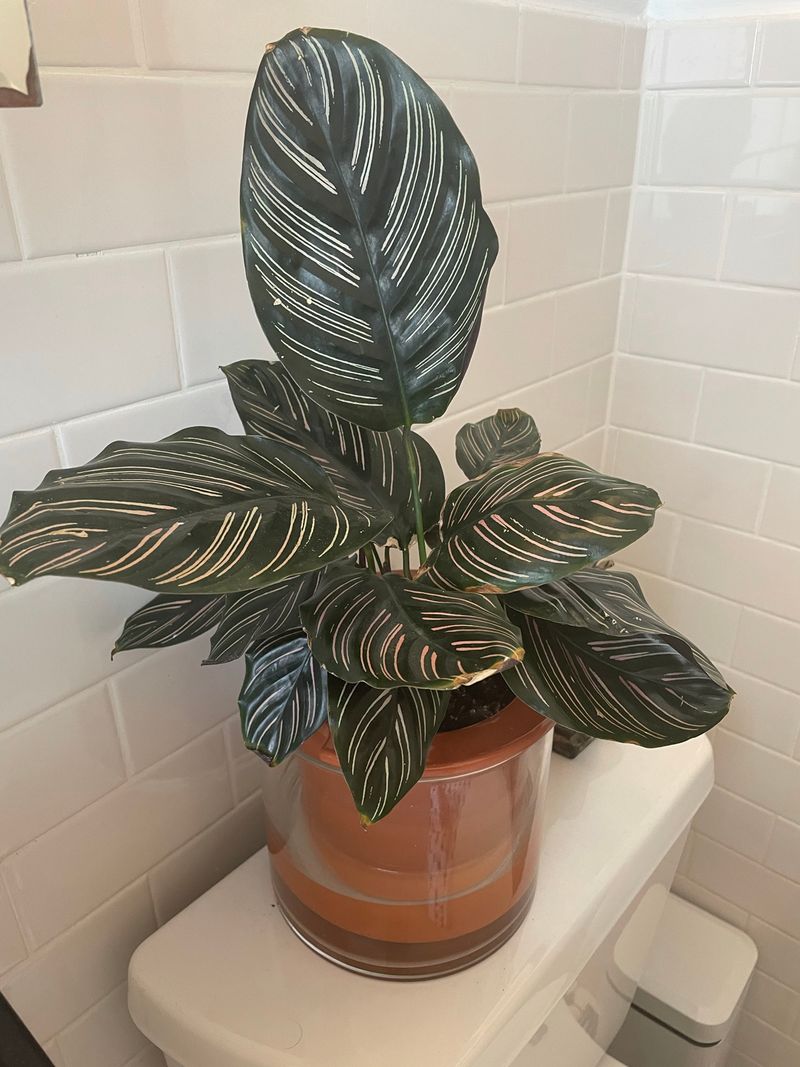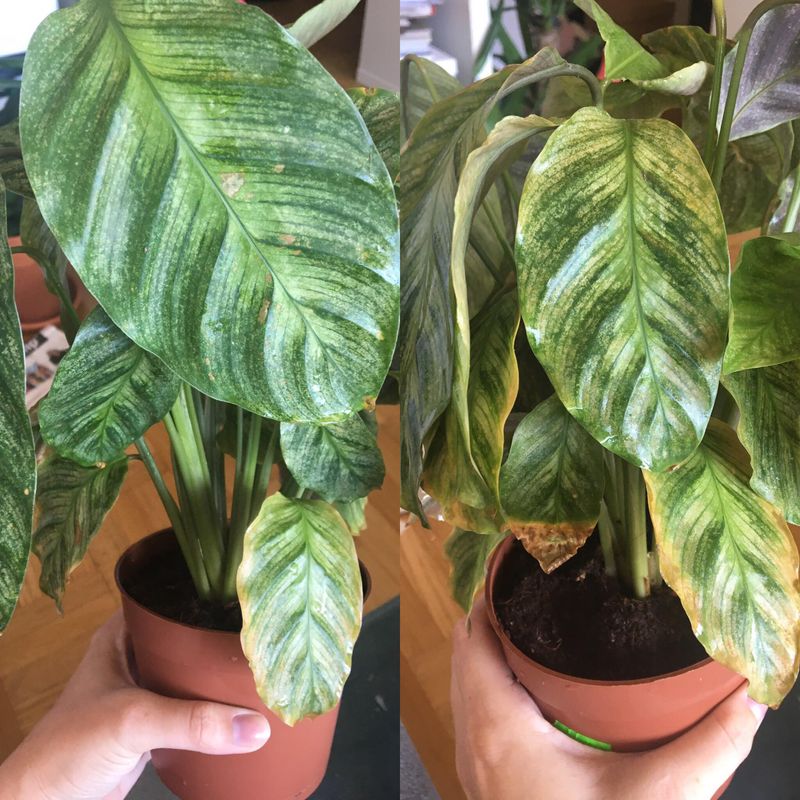Calathea plants bring stunning foliage and tropical beauty to any Florida home, but keeping them happy requires some special care. Florida’s unique climate can be both a blessing and a challenge for these gorgeous houseplants.
With the right knowledge and a few simple adjustments, you can enjoy vibrant, thriving Calatheas year-round.
1. Master The Art Of Indirect Lighting
Bright, direct sunlight will scorch those beautiful leaves faster than you can say tropical paradise. Position your Calathea near an east-facing window where morning light is gentle, or use sheer curtains to filter harsh rays.
Too much sun causes fading and brown edges, while too little makes the plant leggy and dull. Finding that sweet spot of filtered brightness mimics their natural rainforest habitat perfectly.
2. Keep Humidity Levels Consistently High
Your Calathea craves moisture in the air just like it would get under a jungle canopy. Florida’s natural humidity helps, but air conditioning can dry things out quickly indoors.
Misting leaves daily, using a pebble tray filled with water, or running a humidifier nearby keeps your plant from developing crispy leaf edges. Grouping several plants together also creates a mini humid microclimate that benefits everyone.
3. Water With Filtered Or Rainwater
Tap water in many Florida areas contains chlorine, fluoride, and minerals that Calatheas absolutely despise. Brown leaf tips often signal a water quality problem rather than watering frequency issues.
Collecting rainwater during Florida’s afternoon storms works wonderfully, or simply let tap water sit overnight so chemicals can evaporate. Distilled or filtered water also does the trick and keeps those leaves looking pristine and healthy.
4. Maintain Consistently Moist Soil
Calatheas walk a tightrope between too wet and too dry, making watering feel tricky at first. Stick your finger about an inch into the soil; if it feels dry, it’s time to water thoroughly until drainage holes drip.
Never let the soil completely dry out or become waterlogged and soggy. During Florida’s hot summers, you might water twice weekly, while cooler months require less frequent attention.
5. Choose Well-Draining Potting Mix
Standard potting soil often holds too much water for Calatheas, leading to root rot disasters. Mix regular potting soil with perlite, orchid bark, or coconut coir to improve drainage and aeration.
A chunky, loose mixture allows roots to breathe while still retaining enough moisture to keep plants happy. Repotting every year or two with fresh mix also replenishes nutrients and prevents compacted soil problems that stunt growth.
6. Protect From Temperature Extremes
Calatheas prefer temperatures between 65 and 80 degrees Fahrenheit, which Florida usually provides naturally. However, cold AC vents blowing directly on plants or placing them near drafty windows causes stress and leaf curl.
Similarly, avoid spots near heating vents during occasional chilly nights. Sudden temperature swings confuse these tropical beauties and can cause leaves to droop dramatically or develop unsightly brown patches that won’t recover.
7. Feed Monthly During Growing Season
Spring through early fall is when Calatheas actively grow and appreciate a nutrient boost. Use a diluted, balanced liquid fertilizer at half the recommended strength once monthly to avoid burning sensitive roots.
Over-fertilizing causes more harm than under-feeding, leading to salt buildup and damaged foliage. During winter months when growth naturally slows, skip fertilizing altogether and let your plant rest peacefully until warmer weather returns again.
8. Watch For Common Pest Problems
Spider mites and fungus gnats love Florida’s climate almost as much as your Calathea does. Regularly inspect undersides of leaves for tiny webs or moving specks that indicate trouble brewing.
Wiping leaves with a damp cloth weekly removes dust and catches pests early before infestations explode. Neem oil spray or insecticidal soap handles most problems naturally without harsh chemicals that might stress your already sensitive tropical friend further.

